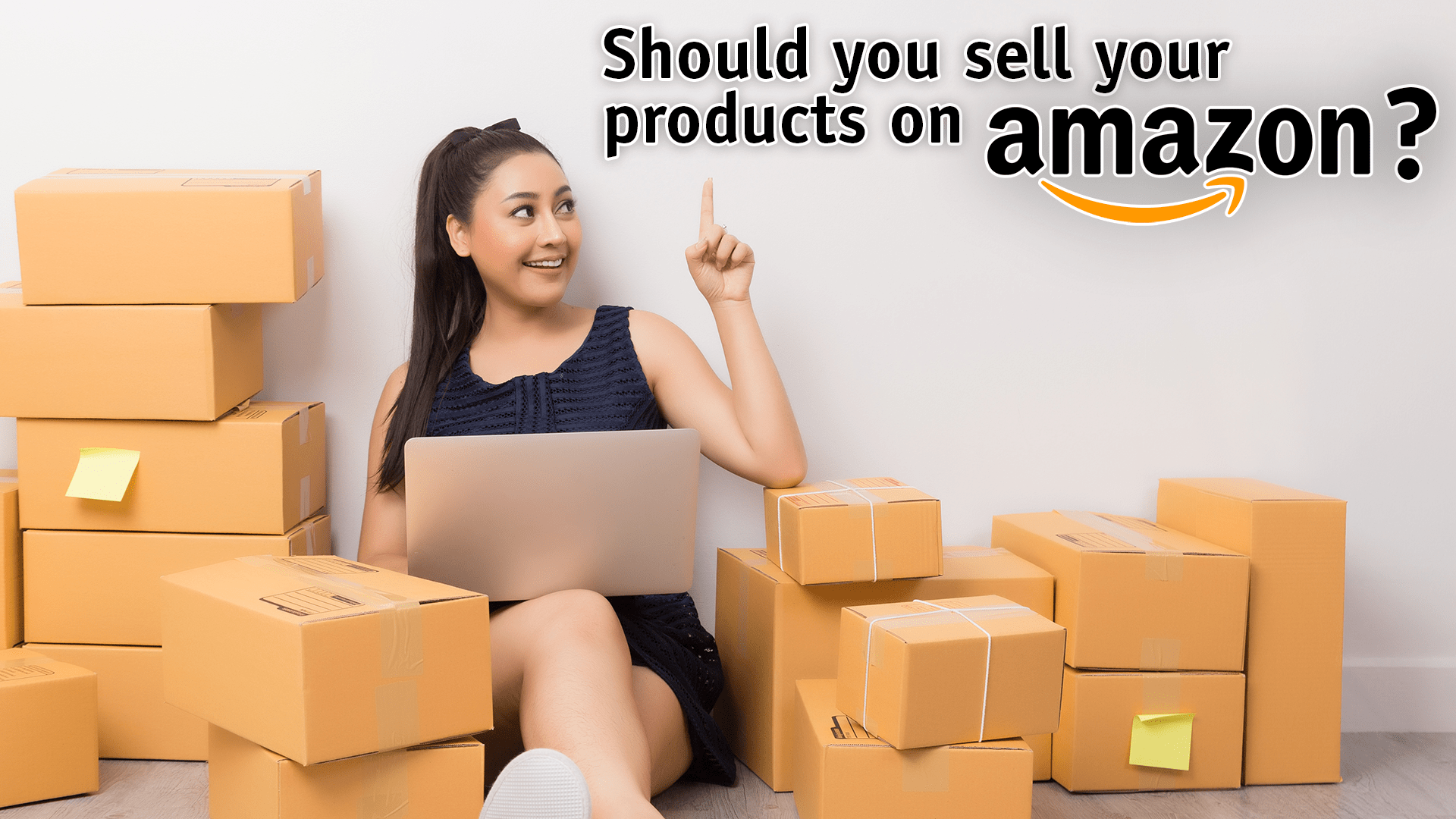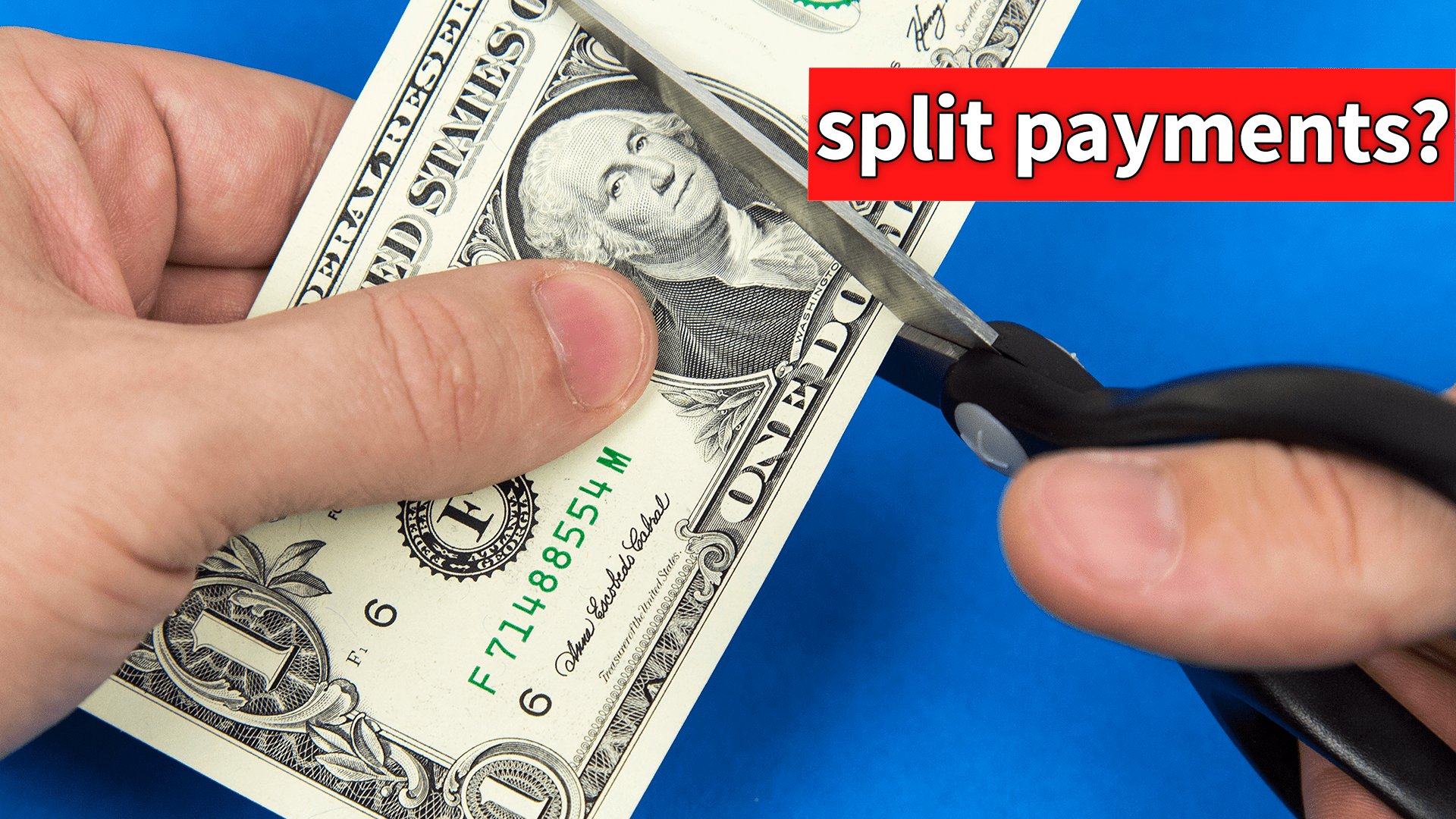Welcome to Surge. This week, we will talk about one of the most asked questions that we get on a weekly basis: “Should I sell my products on Amazon?” When we’re dealing with Amazon, there are different ways that you could sell your products. You could do a seller-fulfilled Prime, ship your own products, or do full Prime.
Does Selling on Amazon Make Sense for Your Business?
On average, you’re going to be paying anywhere from twelve percent all the way to forty percent to Amazon for selling your products on their site. The sales on Amazon can build cashflow for you. You are not going to have a crazy net profit, but your products will be able to move.
When we speak with clients or even prospects who want to sell on Amazon, we ask them a series of questions.
What are the top three questions you would ask a brand if they want to actually start selling on Amazon?
- “What are your margins?” Because it might not make sense for them to sell on Amazon due to the forty percent that they could potentially be giving. Right there off the bat, you’ll know.
- “Is the product already being sold on Amazon?” Are there other brands out there selling this already, or is this a unique product? Because again, you’re going to have much more value if you own that ASIN and it doesn’t exist out there.
- “Do you have a presence outside of Amazon?” Are you a brand that has already established itself? Those days are over, trying to be a new seller on Amazon, especially since most likely the products are already being sold there. It’s not as it used to be.
There’s an integrated concept of eCommerce fulfillment. We give this example a lot to prospects and everybody else that’s listening to us: Facebook used to be a social media platform. They started becoming a marketplace because now, you can list your products on the site.
How Selling on Amazon has Changed
Amazon used to be a marketplace. Now they are an ad platform because you have to do a paid search to push your products. If you don’t have visibility outside of Amazon as a brand, your new products will probably be very difficult to sell.
When you lack an integrated marketing plan, don’t start selling on Amazon because you’re not going to make money. Amazon will grab that thirty or forty percent. Especially if you’re doing Prime, you will not be able to compete.
If you’re reselling other people’s products– unless you have had these relationships for decades or you have an exclusive distribution agreement with any one of the brands that you’re reselling — you should not be selling on Amazon. Why? Companies do not want other resellers selling their products on Amazon anymore. They want to control their brand.
This has been a lot more effective in the past six to twelve months, where brands are really controlling or beginning to control their distribution on Amazon. And you have other marketplaces as well, like Walmart, Wayfair, Houzz, Overstock, eBay still exists. So, don’t really get into Amazon unless you have a presence and unless you have this marketing visibility.
Being the Brand: Should You be Selling on Amazon?
You should not be selling an Amazon unless you are an existing brand and you have the marketing visibility outside of the site. You will not be able to make money because Amazon charges thirty to forty percent in terms of commissions. It will be very expensive for you to operate in that manner if you don’t have any other revenue streams coming in from your website or from B2B or from your retail locations.
Because of all of this, we have started building strategic partnerships with third-party logistics, 3PL companies, online PR and paid placement. It’s not enough to just list your products anymore. You have to have an integrated marketing process and a strategy to really penetrate the market.
An average user now requires twenty-six touchpoints with your brand to purchase from you. We used to look at marketing as, “If I spend a thousand dollars, I get a thousand people to my website, and I want five percent conversions on that. Thus I want fifty sales.” It doesn’t work like that anymore.
The more brand touchpoints that you have, you have to be doing retargeting. You need Google ads, Facebook, a running website, and products for sale.
After that? Perhaps you have to be on Amazon, eBay, or Overstock. The more coverage you have, the more visibility you’re going to have. Sales will grow.
So, from a branding standpoint, what does this change, when brands, and I’m talking about brands maybe that do more than 20, 30, $40 million in annual sales? Do they have to be on Amazon now?
No, they don’t. Nike can afford to get out of Amazon but as a twenty to thirty million eCommerce brand, can I afford that?
It comes down to how you’ve built your brand off of Amazon. Ask, “Do you have that presence out of Amazon?” Because you could survive, scale, and grow.
Other factors matter. Is your product or brand unique? If not, then you might need to be on Amazon just to continue selling a little bit more and getting that cashflow. But if it is a unique brand or a unique product, I think that you can survive off Amazon.
If you are just another USB flash drive, it’s going to be very difficult to penetrate that market on Amazon. But if you have this new cool pet product that solves a problem and all pet owners will love it. That is a unique or niche product.
If you are a brand already and doing more than five to ten million in annual sales, while being the manufacturer and the brand, that’s the keyword. With no products on Amazon already, it will be very difficult for you to get into Amazon without knowing anything about the website. Many SKUs you have will determine that.
We recommend partnering with a third-party logistics company so that they can help you with these operations. They have cross-docking operations where you can just send them a container and a couple of pallets, and they’ll do the receiving in their warehouses. They’ll prep and ship it for Amazon.
Partnering with Third-Party Logistics Companies
There’s such a thing as seller-fulfilled Amazon. If you have the locations, you don’t have to pay Amazon the 30, 40%. You can pay them twelve to fifteen percent and still show up as Prime.
Third-party logistics companies know the relationships and know what they can play with. Especially if you have products that weigh less than five pounds, we would definitely recommend that you partner with somebody like that.
When does it not make sense for a business to partner with a 3PL?
If you are selling really bulky items that weigh more than five pounds, I think it doesn’t make sense. Send them to Prime if you have the margins. If you have your own operations and that overhead, spending hundreds of thousands of dollars in monthly operations and warehousing, then it doesn’t make sense for you to partner with a third-party logistics provider.
In today’s world, only the serious seller is going to survive on Amazon. Suppose I’m a ten-million-dollar company, coming in with a monthly budget on the ad spend on Amazon to push my products.
When hired, I will work with their team, and a third-party logistic. Then I make money because I have the margins for them. When I’m manufacturing this product, I’m the brand. I might have 60, 70% margins, if not more.
Suppose I’m just an average Joe, however, and I went to China to purchase thirty thousand US dollars worth of products and create a brand to sell. I’m not going to have enough room for advertisement or gain outside visibility. With any eCommerce operation, you don’t want more than twenty to twenty-five percent of revenue coming from one source. Even that’s high.
We have clients who have seventy to ninety percent of their revenue coming from Amazon. They can’t sleep at night because they are extremely vulnerable. That’s why you have to have an outside presence.
If you’re asking yourself these questions– “Should I sell on Amazon? Should I sell my products? Should I become a seller?” — bear in mind that tens of thousands of new sellers are joining Amazon on a daily basis.
How are you going to compete? And do you have the margins? We recommend that you triple or quadruple the cost of goods sold on Amazon to make serious money. Or at least double your cost on Amazon if you want to make twenty to twenty-five percent net profit.
If you are pulling in one million sales revenue and you’re net profiting two hundred to two hundred and fifty thousand dollars, however, that cash flow is the value of Amazon today. You don’t receive that income.
That’s it for today. If you have any questions, let us know, and we’ll speak to you guys next week.
Need to sell more products, but don’t have the margins for Amazon?
Sick of Amazon Seller fees?





